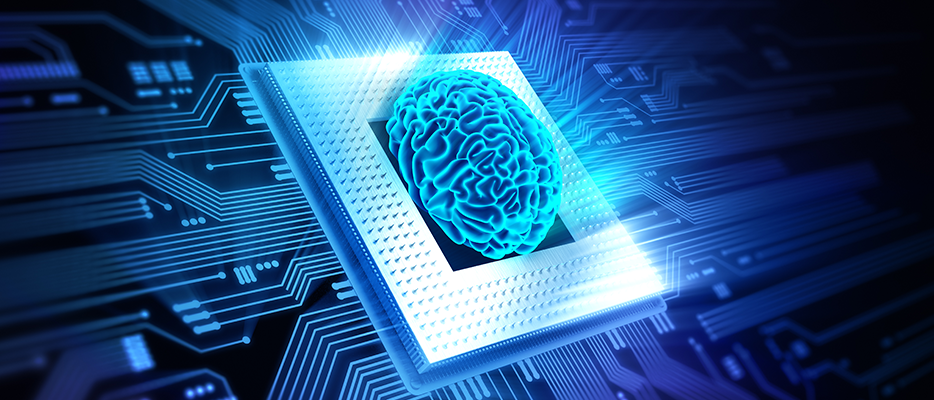From Fantasy to Reality: Common Misconceptions about AI Explained
December 08, 2017

Artificial intelligence (AI) has loomed over our future since John McCarthy first coined the term in 1955. Even today, AI continues to promise ushering in huge social and economic upheavals, profound and far-reaching in its effects as those of the first industrial revolution. As AI becomes a real and growing part of our lives, we are hearing progressively more myths and realities of its real life applications. We asked Tatiana Danielyan, Deputy Director of R&D at ABBYY, to help us separate fact from fiction to dispel the common AI myths she encounters in her work.
Do you believe that AI is a sort of magic wand that can do anything and everything?
It true that many people still believe AI can transform all technological fantasies into modern-day realities. Of course, this is not so. AI is a combination of algorithms, formulas and data. Magic and tricks are concocted in the widescreen. The “magic” in AI was conceived and made by filmmakers primarily as a way to accentuate the difference between man and robot. This underscores a gap in the general perception that film studios are trying to fill. Since AI is akin to man – a sort of animated machine mind - the film studios re-imagine it as a way to dazzle and excite human imagination.
Artificial intelligence is developed with very clear formulas in which there are coefficients that can be configured. Everything is clear-cut, there is no black box element. You can define an AI task, set specific, achievable goals and stay focused on the task at hand. Moreover, if you want to solve an AI problem, you can choose from a variety of different tools, machine learning, for instance.
Which brings us to the second myth. In layman's terms, what is the difference between AI and machine learning?
Machine learning (ML) is the other hot buzzword that is often incorrectly interchanged with AI. However, they are not the same thing. Bluntly put, ML is an application of AI, one of the vehicles driving the development of AI. This example should help distinguish the difference: if your goal is to clean a floor, your options may include a broom, a vacuum cleaner or even a mop rag. These are the tools that can clean a floor. ML presupposes that we give machines access to data and let them learn for themselves. The ultimate goal is achieving AI, the ability of machines to carry out tasks like planning, understanding language, recognizing objects and sounds, learning, and problem solving that are characteristic of human intelligence.
Here is another chicken-and-egg problem: which is more important, data or algorithms?
Data is being talked about as the new gating factor to big AI breakthroughs and has consequently led to another misconception: algorithms are more important than data. This is not true. An algorithm is only one part of the deal. It could be based on simple classifiers or complex neural networks and deep learning, as long as there is a sequence of steps that leads you unambiguously to the desired result. However, ultimately, algorithms need data to work. Algorithms allow you to do whatever you want with your data, but, in a sense, the design of algorithms is also guided by the data structure they are supposed to work with.
Therefore, you can actually say that data is more important than algorithms. And we are not talking about any sort of data, or garbage data, but structured data that is labeled for a particular task. There is no one-size-fits-all approach to data sets – each specific task requires special data sets that licenses the actions of algorithms.
Will machines replace humans?
The notion that all work currently handled by humans will one day be done by androids is erroneous. In my opinion, robots or machines will continue to do largely routine or repetitive jobs, while humans will continue to do jobs that require creativity, problem solving and flexibility. I think humans will continue to remain useful workers because of characteristics like empathy, creativity, judgment, and critical thinking, which are lacking in robots. So, in the areas where human compassion is essential, AI-powered robots or solutions could hardly be a credible replacement. “Human touch” will still be required in occupations like healthcare, education, caring for the elderly and children.
